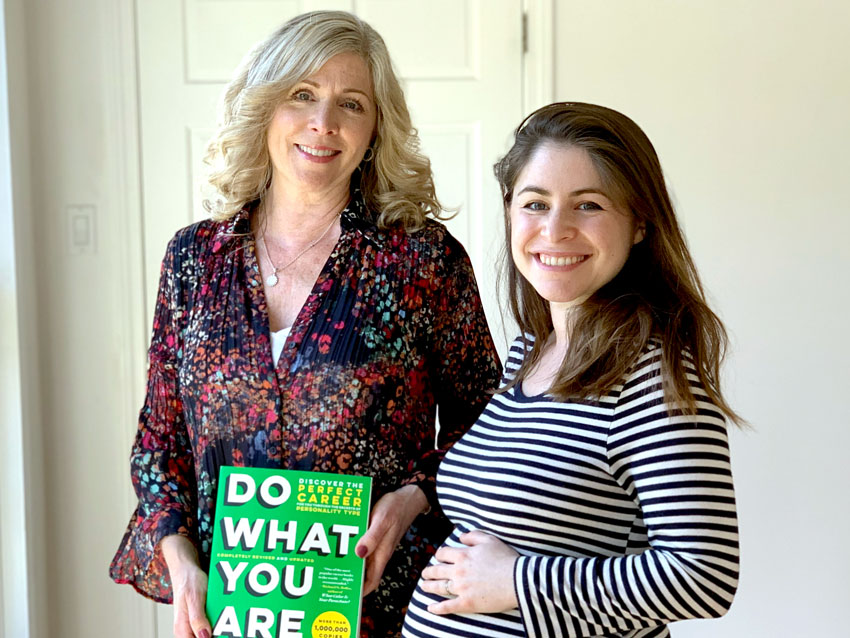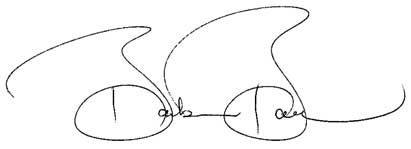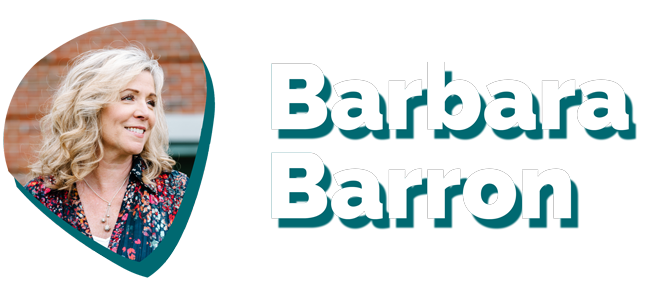May 26th, 2021 by Barbara Barron and Kelly Tieger
We talk a lot about “fitting in” at schools, don’t we?
Our admission teams are charged with identifying and enrolling students – and families – who we believe will be a “right fit”, or a “good fit”. This is, of course, crucial, because selecting students and families who seek the program we offer and are invested in our communities positively impacts everyone. Without this careful process, we can’t fully deliver on our school’s mission. As I’m sure you’re well aware, myriad frustrations and even heartache ensue from a “bad fit.” It affects student and faculty morale and can cause real damage to the student.
In short: the fit matters.

The same goes for hiring. Schools regularly invest big sums to recruit quality faculty and staff who they believe will add value to the community. These are dollars well spent when the fit is right and the new hire is suited to our school’s mission and culture. Good fit faculty and staff usually stick around – which is good for resource management. A great faculty placement benefits everyone, including the students.
But there are risks inherent in this process of finding someone who “fits.” On the candidate’s side, it’s possible that the school she sees in the admission materials, on the website, and even during interviews is not the lived experience. On the school’s side, the candidate can say all the right things about wanting what our school has to offer but misrepresent themselves entirely. Opportunities abound for possible mismatches, and “bad fits”.
What if we told you that as much as the fit matters, there’s really no such thing as a “good fit” or a “bad fit?” That there’s as much inherent value for those who are in the IN group as those who are not? Would that blow your mind? Because, once we got thinking about it deeply, it blew ours.
We believe that, for those of us who feel like outcasts in our communities, what is happening is less a mismatch of fit than a mismatch of expectations based on faulty or incomplete information. Instead of bemoaning the circumstances that led us to become strangers in a strange land, what if we accepted that the personality of a school and our own are quite different? What if we, in fact, celebrated that fact?
What can we do as new hires, as new co-workers, as teachers, as leaders in a community – to smooth out some of those possible bumps in style, and ensure that everyone, regardless of role, style, and personality, has a voice and a place to add their gifts and values?
You may not know this, but a few decades ago, I co-authored a best-selling book called DO WHAT YOU ARE. In it, my co-author Paul Tieger and I helped readers discover their Myers-Briggs Personality Type. We then helped them apply that knowledge to make better career decisions. Decisions that would lead to greater satisfaction and fulfillment in their work. The book has sold over one million copies since 1992 and has just been released in its completely revised and updated 6th edition, co-authored by our daughter Kelly Tieger. Pretty beautiful full circle since she was 3 years old when it was first published!
And now, nearly thirty years later, Kelly and I are thinking about how we can apply some of these insights in the world of Independent Schools, a realm we both inhabit professionally. It came down to two questions:
- Do schools have their own personality? Or Personality Type?
- If so, can we use our know-how of how our own personality differs or doesn’t differ from our schools to gain powerful insights about the ways our school operates – its true culture and style?
Really, can we “fit in”? And if we recognize that we don’t, isn’t that actually our superpower?
Let’s use an example. Perhaps you are an extraverted, strongly thinking person, considering a position at a more introverted and feeling school. (Yes, you are a square peg looking to be placed in a round hole!) But instead of saying, “I don’t think I fit in here…”, think differently. Isn’t it just as likely that this institution could utilize your energy, and your take-charge attitude? Of course it could! If you let them, they will absolutely benefit from your candid, logical voice when working to resolve conflicts.
Now, understanding how personalities can clash, you need to be aware that your approach may frequently require some tempering, the use of a gentler tone than is your preferred style to express your opinions. But what a difference that knowledge and contribution could make! For you and for the school, there’s the opportunity to create a more balanced and fair decision-making process. That’s a “bad fit” that is actually a “perfect fit.”
Now let’s use an example from the school’s side. Perhaps you are tasked with hiring a faculty position. (You got this!) Your school is competitive and bustling. A place where traditions are deeply entrenched and highly valued. Rigor and achievement are central to the student experience. Your first-choice humanities hire has a variety of experiences in smaller schools, those with an emphasis on the student-teacher relationship and a focus on diversity and the arts.
Can you see how there is a likelihood for a disconnect here? And how cruel it may seem to hire this person who will no doubt struggle to “fit in”? Imagine the opposite, instead. See a future filled with all the unique gifts this new teacher will bring. Envision how this pitch-perfect hire will deepen the school’s advisory program and add new and valuable insights to the curriculum. Think of the rich conversations. Your school’s emerging DEI program could be infused with newfound sensitivity and depth. It’s win after win after win.
Regardless of whether you’re a new hire, or doing the hiring, or are someone who is looking around at your amazing school and wondering, “How did someone like me end up at a place like this?”, this advice is for you. Most growth occurs when we are faced with what’s unfamiliar. We adapt when we are required to shift our perspective and see things differently than is customary for us. People with differing attitudes and styles may confuse or trigger us, sure, but they can also prompt us to expand our thinking and consider a new way of working, thinking, and interacting. I invite you to see people for who they are and encourage them to bring their most authentic selves to the table, free from judgment, so that they can add layers of nuance and intelligence, helping us create and sustain school environments that are truly more diverse, inclusive, and healthy – for everyone.
If you’re interested in attending a session on this topic, we are presenting at the Carney, Sandoe & Associates’ 2021 Women’s (Re)Institute. Our session is on June 3. Here’s a link to register for the conference:
https://www.womensreinstitute.com/
And to learn more about our book, DO WHAT YOU ARE, visit: https://dowhatyouarebook.com
As always, I’m here if you want to discuss this idea. Just reach out via email.
Stay well,
Barbara Barron

[email protected] // @BBAdvancement
My name is Barbara Barron, and I’m writing this blog to share advice on a profession that I adore.
ve been working in the field of Independent School Advancement for nearly 20 years. In that time, I’ve had the pleasure of creating and implementing successful Strategic Fundraising Plans for so many incredible schools. I’ve had the privilege of seeing real growth at The Carey School, Marin Primary & Middle School, Woodside Priory, Crystal Springs, Presidio Knolls and others. (Maybe we’ve met!)
Nothing makes me happier than seeing a struggling school start to thrive. My hope is that you’re here to make a positive change as well. I hope my advice can be a part of that change.
Shoot me an e-mail if you want to swap tips, or share your voice here.
Let’s do this, together.






